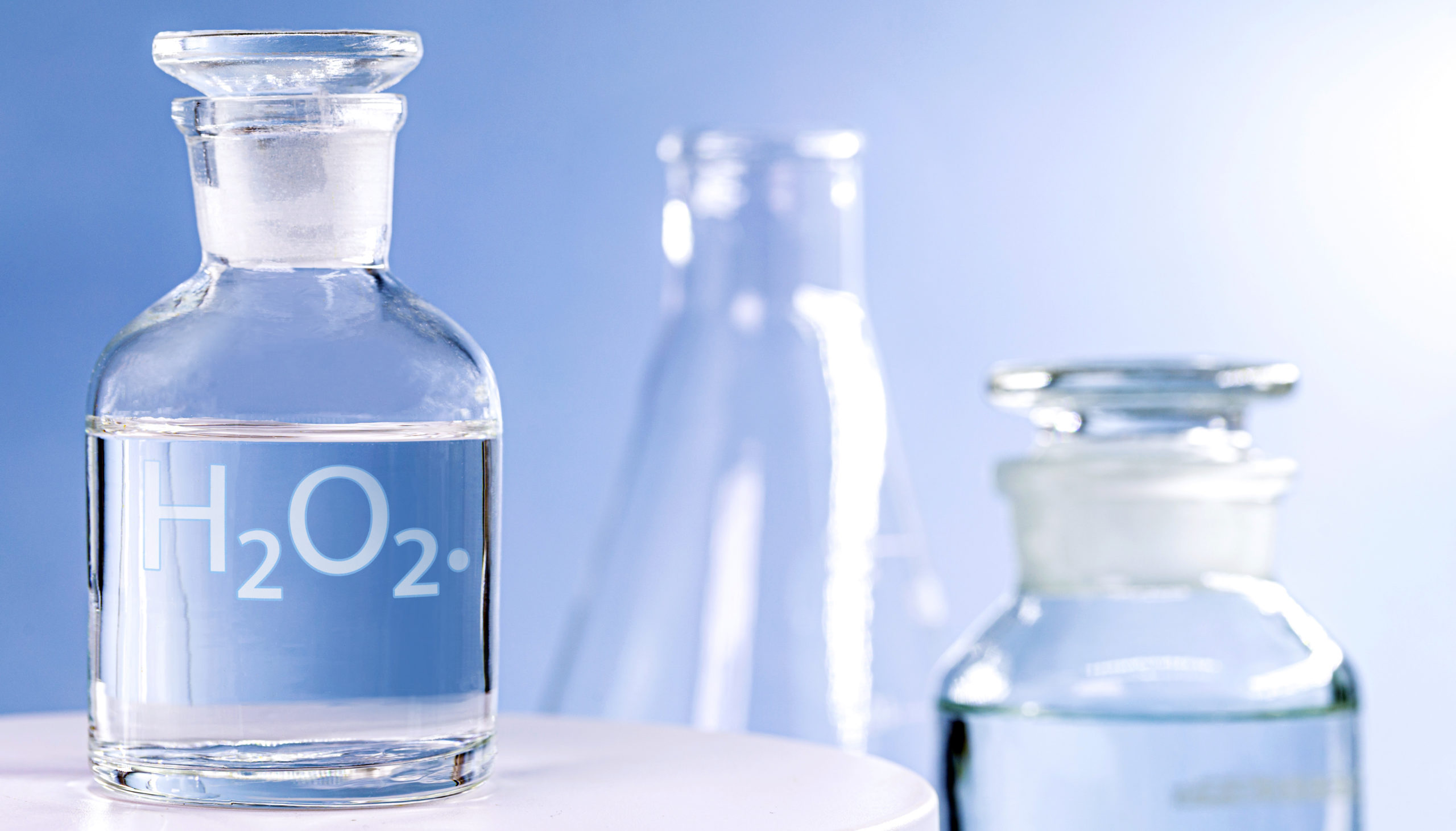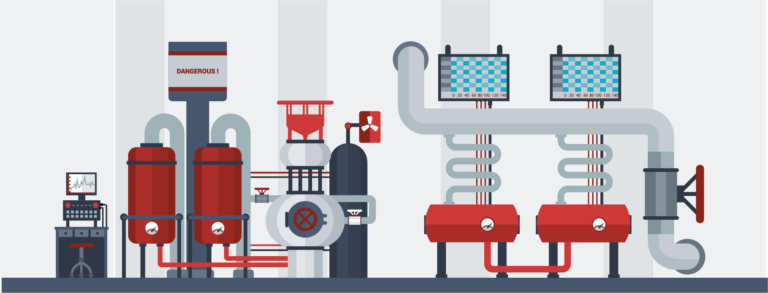What is Hydrogen Peroxide ( H2O2 )

Hydrogen peroxide is also known as Dioxidane, Oxidanyl, Dihydrogen dioxide, Oxygenated water, etc is a chemical compound with the formula of H2O2. It is the simplest inorganic peroxide consisting of two hydroxy with a very pale blue color, clear liquid form, and slightly more viscous than water. Hydrogen peroxide is unstable, decomposing readily to oxygen and water with release of heat. Although non-flammable, it is a powerful oxidizing agent that can cause spontaneous combustion when it comes in contact with organic material. Decomposition of hydrogen peroxide to form water increases with rising temperature, concentration, and pH. H2O2 has wide variety of applications

Manufacturing Process
There are two main methods to produce H2O2. They are:
Anthraquinone process
Auto-oxidation of ethyl anthraquinol in a solvent such as toluene or ethylbenzene. The product ethyl anthraquinone is reduced to the corresponding anthrahydroquinone by hydrogen or hydrogenation over supported nickel or platinum catalyst to regenerate back the starting material, ethyl anthraquinol for a continuous production of H2O2. Anthrahydroquinon go through an autoxidation which is the process of transfering the labile hydrogen atoms to oxygen molecules with the presence of oxygen.
Electrolytic conversion of sulfuric acid
Electrolytic conversion of aqueous sulfuric acid to peroxydisulfate followed by hydrolysis to H2O2. This is also known as the Weissenstein process.

The Uses of Hydrogen Peroxide (H2O2)
Hydrogen peroxide is used in pharmaceuticals for preparing disinfectants, food processing for sanitizing of packages, etc. They are even used as propellants and in explosives. In addition, Hydrogen peroxide is mainly used in the manufacturing of sodium percarbonate and other chemicals which are generally used as mild bleaches for the laundry.
Paper Industry
Hydrogen peroxide is mainly used as a bleaching agent for about 60% of theworld’s pulp and paper industry during chemical and mechanical pulping process.
Waste Water Treatment
Hydrogen peroxide is a cleaner oxidizing agent which is used to treat waste water, contaminated soil, and toxic air emissions. Hydrogen peroxide can remove organic impurities in wastewater.
Chemical Intermediate
Hydrogen peroxide is also used to manufacture a wide range of organic and inorganic compounds such as hydroquinone, ketones, aldehydes, alcohols, hydro-oxyl amines, epoxy derivatives, etc.
Detergent Industry
The second most popular application of hydrogen peroxide is for sodium percarbonate and sodium perborate manufacture that has been used as mild bleaches in laundry detergents and they are more environmental friendly than the chlorine-based bleaches.
Textile Industry
Hydrogen peroxide is also used in dyes. Sulphur dyes work with an oxidation-reduction dyeing method and hydrogen peroxide is used as an oxidizing agent. Once the dyes are adsorbed onto the cellulosic, oxidation will settle the dyes permanently and changing it into a water-insoluble form.
PRODUCT IDENTIFICATION
| IUPAC Name | Hydrogen Peroxide |
| CAS No | 7722-84-1 |
| Formula | H2O2 |
| Molecular Weight | 34.0147g/mol |
PRODUCT SPECIFICATIONS
| Physical State | WhiteLiquid |
| Odor | Sharp |
| Density | 1.11 g/cm3 20oC, 30% |
| Viscosity | 1.245 cP (20 °C) |
| Melting Point | −0.43 °C |
| Boiling Point | 150.2 °C |
| PH | 1.5 |
| Refractive index | 1.4061 |
SALES SPECIFICATIONS
| Purity H2o2,% by wt | 35% | 50% |
| Density | 1.13 gm/cm3 at 20oC | 1.20 gm/cm3 at 20oC |
| Stability, % by wt | 99.6% | Min. 98% |
| water | 65% | 50% |
| Free acid, % by wt | Max. 0.03 | |
| pH | Max. 2.0 at 20°C | 2-3 at 20OC |
| Density | 1190 kg/m3 at 25°C | 2-3 at 20OC |
DOWNLOAD TDS & MSDS
TDS Origin Bangladesh
TDS Origin India
TDS Origin Indonesia
TDS Origin Korea
TDS Origin Thailand
MSDS
